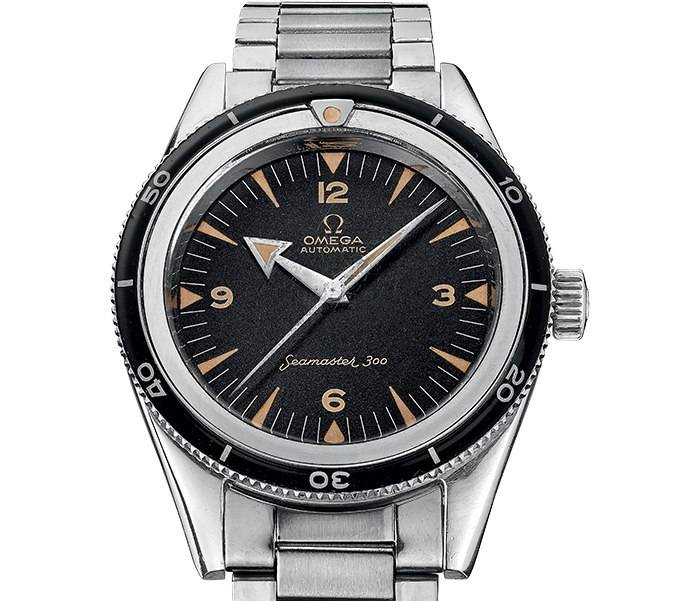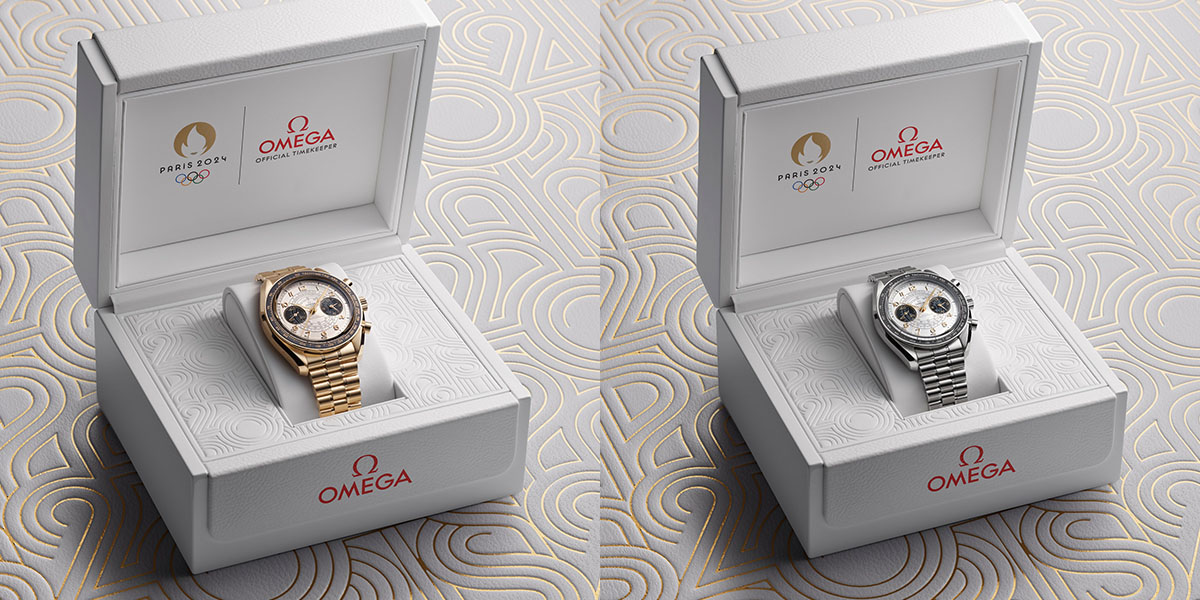
Close Up: Omega Seamaster 300 Master Co-axial
Omega boasts a rich heritage, and the company frequently taps into it, re-issuing the brand’s most successful models from the past. For example, before the 2014 Olympic Games in Sochi, Russia the brand presented the Sochi Petrograd, a limited edition which recalled the design of an historical Omega timepiece made in 1915. Before this year’s Baselworld fair, the brand unveiled the Speedmaster Mark II, a chronograph which shares a number of traits with Omega’s 1970 Pilot model. And then there’s the De Ville Trésor, a timepiece unveiled at Baselworld, which was modeled after a vintage model from the 1940s.
However, the biggest story of this year was undoubtedly the re-issuing of the Seamaster Diver 300M, a timepiece originally unveiled in 1957. Looking at the original Seamaster Diver 300M from the middle of the last century, it is difficult to find too many differences with the new Seamaster 300 Master Co-axial version. Indeed, we have a mostly same Seamaster Diver 300M, only the modern version is produced with a higher level of technology. The most important improvement is the COSC-certified Co-Axial Calibre 8400 at its heart.
The main feature of the Co-Axial Calibre 8400 is its capability of resisting magnetic field of up to 15,000 gauss. This capability was made possible by non-magnetic materials; the movement’s hairspring is made of silicon, while its axles and other parts are made from Nivagauss, an anti-magnetic alloy. You can put the new Seamaster 300 Master Co-axial on a powerful magnet and it will continue to carry on ticking, as if nothing had happened.
Some other innovations are related to the Seamaster 300 Master Co-axial’s materials. It features a bezel made of scratch-resistant ceramic and matching alloys. In particular, Omega used an amorphous alloy called Liquidmetal, which is three times stronger than stainless steel, as well as the composite material Ceragold. For the wearer of the Seamaster 300 Master Co-axial, this means that the bezel, which is considered to be one of the most vulnerable parts in any watch, will be ultra-reliable.
High-tech improvements aside, the case is a true nod to the original 1957 Seamaster Diver 300M. In addition to Arabic numerals, it boasts the characteristic indexes of the original’s era, with short lines and triangles. If you look closely at the indexes, you will also see that the dial features a sandwich design; it consists of a base plate with a fluorescent coating and a cover plate with slots for markers. The light-sensitive coating looks like it was covered with the patina of the course of time – another nod to model’s history.
The case measures 41mm in diameter. Depending on the version, this diver watch is available in stainless steel, titanium, in 8K Sedna red gold and titanium, or in steel and 18K Sedna gold. There is also a version with a case and bezel made from platinum (pictured throughout). This is the model for the mighty of this world, both in terms of financial viability and physical strength: its weight is 420 grams. This edition is limited to 357 pieces.
All the models are water resistant to 300 meters, and boast a power reserve of 60 hours. The price starts at CHF 5,500. The platinum version will be priced above CHF 60,000. The Omega Seamaster 300 Master Co-axial will be available in stores starting in November 2014.
Photo credit: Chronoscope.ru for Haute Time Russia.
 SIGN UP
SIGN UP
















